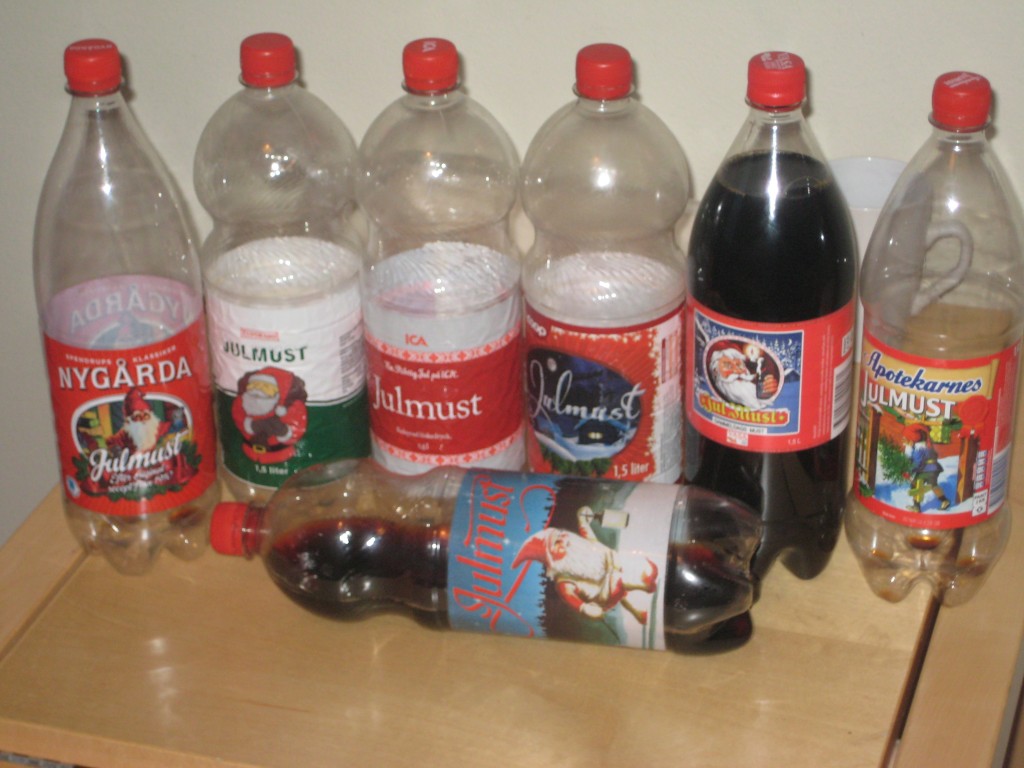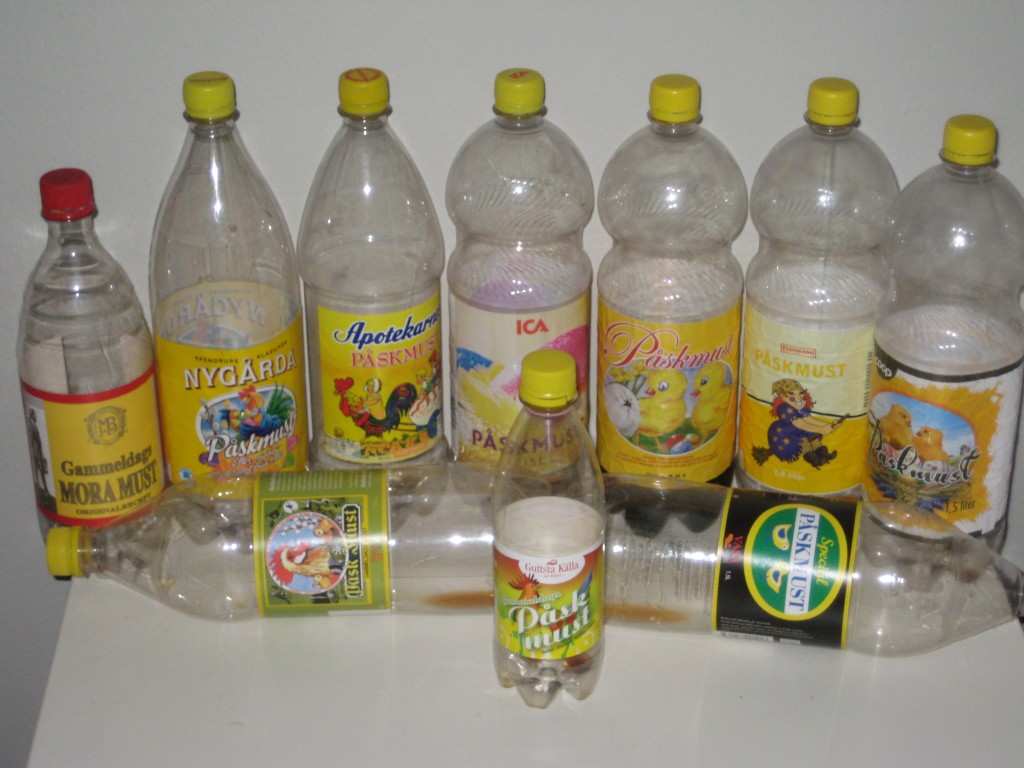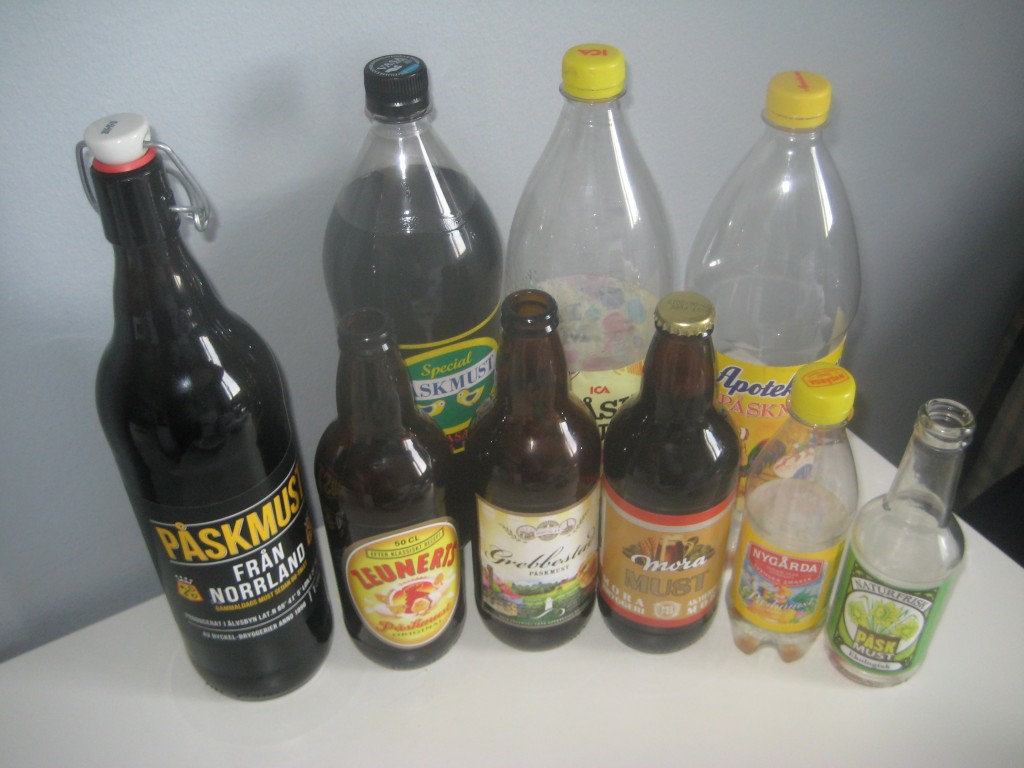So I’ve finally visited the disunited state of Austria-Hungary and can share some feelings for those who like to read my travel notes (all zero people).
First, I’d like to talk about rail magazines that are present in InterCity or express trains in different countries. The ones I know are issued monthly and have national peculiarities (for starters, they are written in the national language). The one from Deutsche Bahn (German railways) covers a lot of different topics — culture, travel, some short story or an excerpt from one, DB plans, kids corner etc. ÖBB (Austrian railways) one is mostly dedicated to advertising Austria for tourists (and maybe a bit or two about neighbouring resorts to visit). TGV magazine (obviously French) is something in-between (not fully advertisements but not much serious stuff either) plus advertisements for night clubs. Yet it’s the only one of three that features a scheme for IC and TGV routes. And the best one is of course Kupe from SJ (Swedish railways). It has articles on various topics and it also includes things close to my heart: a full map or Swedish railways (I need to travel more there!), SJ fleet description (I like to ride all those kinds of trains plus Inlandsbanan’s Y1, SL X60 and X10 and I definitely need to go to Lennakatten again!) and the most important thing — a page where locomotive driver (it was Peter and now Jenny) answering railway-related questions (e.g. what’s the difference between trains like X2 and X40, what’s the longest route they have to travel, why train goes slowly sometimes etc.). Anyway, back to actual travel.
For Hungarian part I’ve visited Budapest. If you ignore the river, buildings in the centre and people it looks and feels like Kharkiv. The same neglected buildings (often in the same architectural style), the same neglected streets. The transport is verily the same — Tatra trams, Ikarus buses, even underground rolling stock is the same and even painted the same! Heck, even most people I talked with there were from Kharkiv. And their suburban rail lines (like H5, H6 or H8/H9) are shaky as Ukrainian roads.
Also as I’m, to speak politically correct, a fat cripple I really appreciated how lines are connected there — you often have to cross a road or use an underground pass without any elevators. Tram routes are so well designed that they simply end somewhere in the middle of the street with no loop to turn around. And the airport reminds of Kharkiv too — it’s connected only by a bus (on an Ukrainian-grade road), they check your documents thoroughly. The only difference that in Kharkiv airport I had never had to take off my shoes on security check. At least after visiting it I don’t have a desire to go back to Ukraine (not that I had it before…).
Austrian part is represented by Innsbruck. It’s a stereotypical town in Austrian Alps. Transport system is rather strange — trams have numbers like 1, 3, 6, STB and buses have numbers like D, H, LK, O or TS. For skiers there are Alps with funiculars all around the town, for idiots who believe that fake should cost more than real there are tours to Swarovski, for me there was a museum of local rail lines (that means both local trams and railways in different part of Tirol including Italy). Museum ticket also gives a right to get a ride on museum tram around the town. While the museum by itself is small (only two rooms with mostly photos and plans) it also has a depot full of museum trams from probably 1920s to 1970s (that feeling when you see DÜWAG GT6 only in a museum while they are still common here). Two tram lines (6 and STB) go into the mountains, at least STB being one-track there with passing loop on some stations (and trams take left track there like on proper railways). One of those stations surprised me by having an emergency broom tied to the pole there.
It’s also worth noting that there are two rivers flowing through Innsbruck — Inn, obviously, and Sill. I don’t care what it means for them, I know what it means for me — salt water herring in Swedish and that’s what I was thinking about.
Overall, Innsbruck looked nice and a bit like Bavaria, I honestly expected it to be worse (mostly because of Austrians I know). And understanding German is much easier than understanding Hungarian unless you’ve been born one. It’s worth visiting again sometime.


